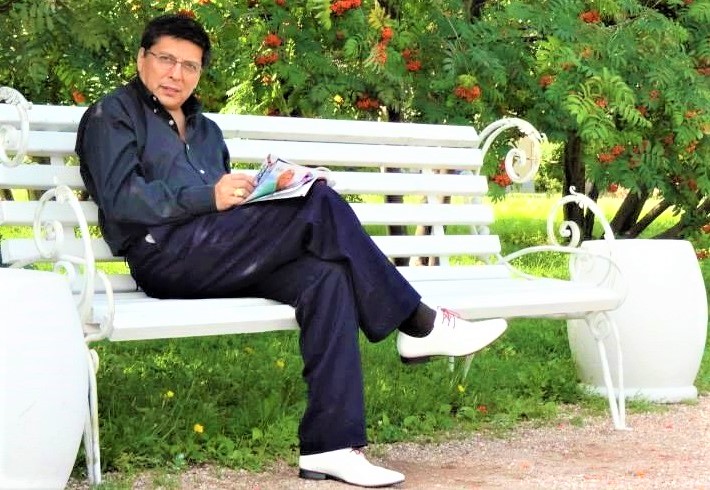Leoncio Prado Military School
The Leoncio Prado Military Academy is a Peruvian educational institution founded on 27 August 1943 by President of the Republic Manuel Prado Ugarteche and Secretary of Education Elías La Rosa.[1] The academy came to worldwide notice as the setting of the novel The Time of the Hero by the Peruvian writer Mario Vargas Llosa. A military style high school with boarding facilities, it serves as both a military high school and the preparatory school for potential officers of the Peruvian Armed Forces, who make up most of its alumni.
Creation. On 18 January 1944, through Law 9890, the Academy was named after Leoncio Prado Gutiérrez, one of the Peruvian heroes of the War of the Pacific. On 15 July 1944 it was officially inaugurated and started to function. The first authorities of the Academy were Headmaster Army Colonel José del Carmen Marín Arista and Academic Director Dr. Manuel Velasco Alvarado. In 1945, Colonel Juan Mendoza Rodríguez took over the direction of the school. Among the first teachers at the Academy were Gustavo Pons Muzzo, Alfredo Rebaza Acosta, Walter Peñalosa Ramella, Humberto Santillán Arista, Flavio Vega Villanueva, Ricardo Cazorla Sormani, and Luis Bedoya Reyes.
Location and structure
The school is located in the La Perla District on the border of Callao and the San Miguel District, Lima in the Costanera Avenue, number 1541.
The structure was originally based on the 'Guardia Chalaca Barracks', made of two pavilions without doors or windows. Later on, the school was furnished with other facilities like a dining room, bedrooms, infirmary, laboratories, administrative offices, auditorium, swimming pool, a stadium, library, a gym and a coliseum enclosure.
Academic reform
Between 1977 and 1981 it went through a period of reform aimed to transforming it from a military secondary school to a Professional Education Centre, based on the Academic Reform standards which were being implemented at the time. Most of the teachers of the previous era migrated away from the school and a new badge of teachers joined the Academy. In 1982, it was decided to keep it as a secondary school. Currently, its academic programme is based on the guidelines of Peru's Ministry of Education.
References
Decreto de creación del Colegio
External links






No hay comentarios:
Publicar un comentario